Wearable Technology in Sports
In recent years, wearable technology has significantly impacted the sports and performance industry. These advanced devices are changing how athletes train, compete, and recover, providing valuable insights that were once impossible to gather. From tracking vital signs to monitoring movement patterns, wearable technology is now an essential tool in sports coaching and athlete development.
The primary theme of wearable technology in sports is its ability to enhance athlete performance. By collecting and analyzing real-time data, coaches and athletes can make informed decisions to improve training regimens, optimize performance, and reduce injury risks. This technology is becoming indispensable for anyone looking to gain a competitive edge in the sports world.
- What is wearable technology?
- Types of wearable devices in sports
- Performance metrics tracked by wearables
- Wearable technology in professional sports leagues
- Benefits of wearable technology
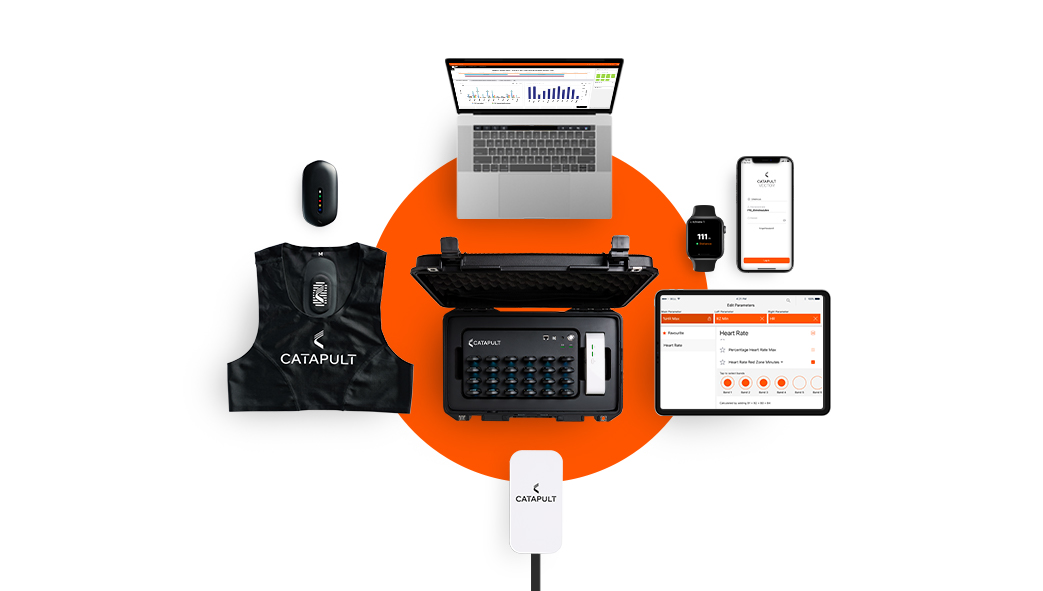
What is Wearable Technology?
Wearable technology in sports refers to electronic devices that athletes wear to collect data on various aspects of their performance and physical condition. These devices include GPS trackers, heart rate monitors, and motion sensors, among others. The primary purpose of wearable technology is to provide precise, real-time information that can help athletes and coaches enhance performance, improve training efficiency, and reduce injury risks.
Football (Soccer)
In football, wearable technology is commonly used to monitor player movements, heart rates, and overall workload during training sessions and matches. Devices like GPS trackers and heart rate monitors provide insights into a player’s speed, distance covered, and intensity levels. This information helps coaches tailor training programs to individual needs and manage player fatigue effectively.

American Football
In American football, wearables are used to track metrics such as impact forces, speed, and positional data. These devices help coaches analyze player performance and make strategic adjustments. Additionally, monitoring the intensity and frequency of impacts can aid in managing player safety, particularly concerning concussion risks.
Ice Hockey
Wearable technology in ice hockey includes devices that track skating speed, distance, and heart rate. These metrics are crucial for evaluating player stamina and performance on the ice. By analyzing the data, coaches can design more effective training routines and ensure players maintain optimal fitness levels throughout the season.
Basketball
In basketball, wearables are used to monitor players’ movements, jumps, and physical exertion. Tracking these metrics helps in understanding a player’s workload and performance efficiency. This information is vital for developing personalized training programs and recovery protocols, ultimately enhancing overall team performance.

Rugby
Rugby players use wearable technology to measure various performance indicators, including distance covered, speed, and the intensity of physical collisions. These devices provide valuable data that coaches use to assess player conditioning, optimize training sessions, and reduce the risk of injuries by monitoring the physical demands placed on players during matches and training.
Wearable technology has become a game-changer across these sports, offering detailed insights that drive better performance and safer training environments.
Types of Wearable Devices in Sports
Wearable technology in sports encompasses a wide range of devices, each designed to capture specific data points that are crucial for enhancing athletic performance and improving training methodologies. Here are some of the most common types of wearable devices used in sports:
GPS Trackers
GPS trackers are widely used in professional sports to monitor athletes’ movements on the field. These devices provide real-time data on speed, distance, and positioning, which are critical for evaluating performance and planning strategies. GPS trackers help coaches and athletes understand movement patterns and make informed decisions to optimize performance.
One of the leading products in this category is the Catapult GPS product range S7/T7. These advanced trackers offer unparalleled accuracy and comprehensive data analysis, making them essential tools for professional athletes and teams.
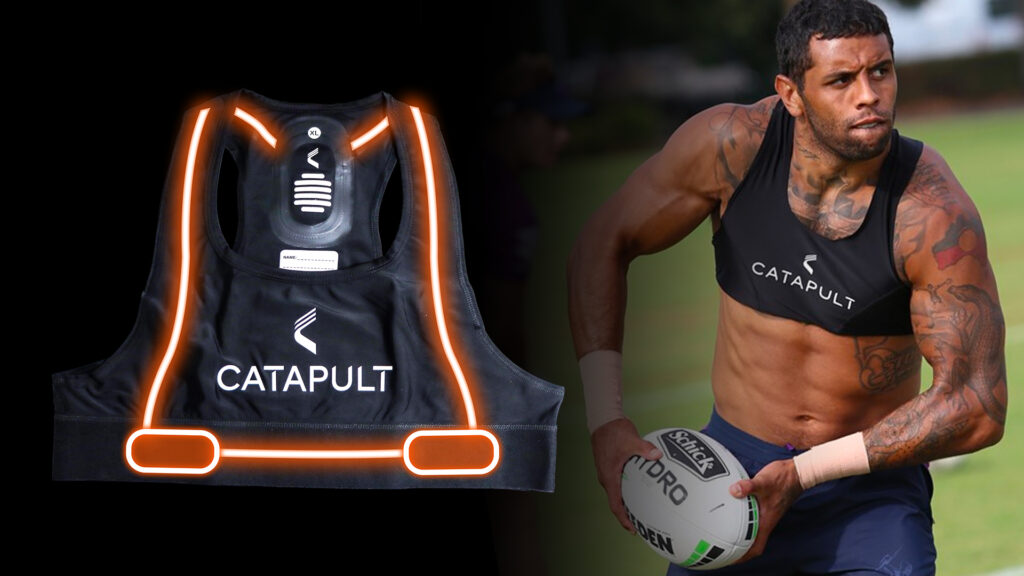
Heart Rate Monitors
Heart rate monitors are essential for tracking an athlete’s cardiovascular performance. These devices measure heart rate in real-time, providing insights into an athlete’s exertion levels and recovery rates. By analyzing this data, coaches can tailor training programs to ensure athletes are training at optimal intensity levels, reducing the risk of overtraining and injury.
Motion Sensors
Motion sensors are used to track an athlete’s movements, including acceleration, deceleration, and changes in direction. These devices help in understanding an athlete’s agility and responsiveness, which are crucial for sports that require quick movements and changes in pace. Motion sensors can also detect imbalances or irregularities in movement, which can be addressed to mitigate injuries.
Accelerometers
Accelerometers measure the rate of change in velocity, providing data on how quickly an athlete can speed up or slow down. This information is particularly useful in sports like football, basketball, and rugby, where explosive speed and quick changes in direction are essential. Accelerometers help in assessing an athlete’s power and explosiveness, key factors in performance enhancement.
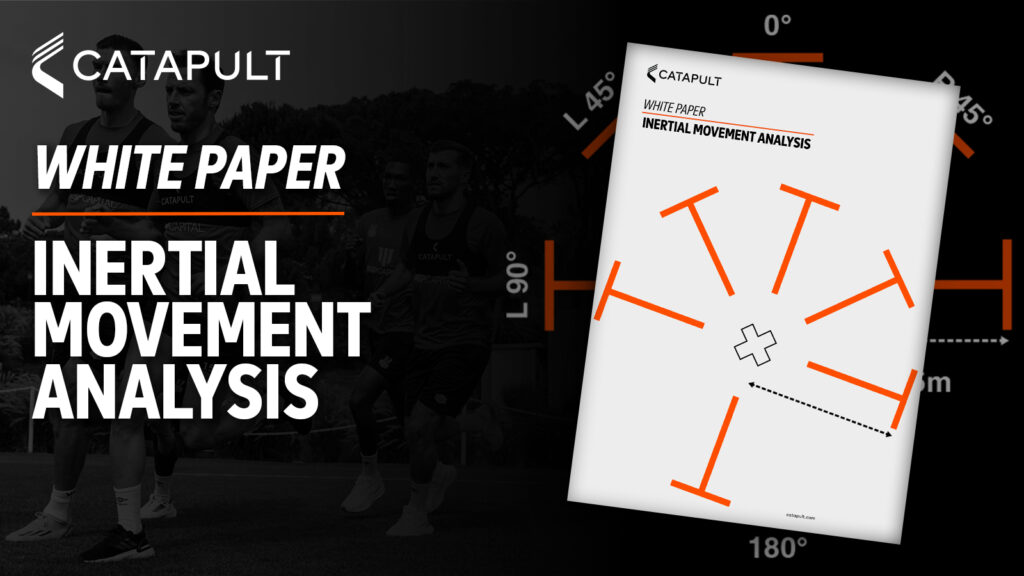
Wearable Cameras
Wearable cameras, such as those mounted on helmets or uniforms, provide a first-person perspective of an athlete’s performance. These cameras are particularly useful in sports like American football and ice hockey, where understanding visual cues and player positioning is crucial. The footage can be analyzed to improve tactics and enhance situational awareness.
Smartwatches and Fitness Bands
Smartwatches and fitness bands are versatile wearables that track a wide range of metrics, including heart rate, steps taken, calories burned, and sleep patterns. While these devices are often used by amateur athletes, they also provide valuable data for professional training regimens. The convenience and multifunctionality of smartwatches make them popular across various sports disciplines.
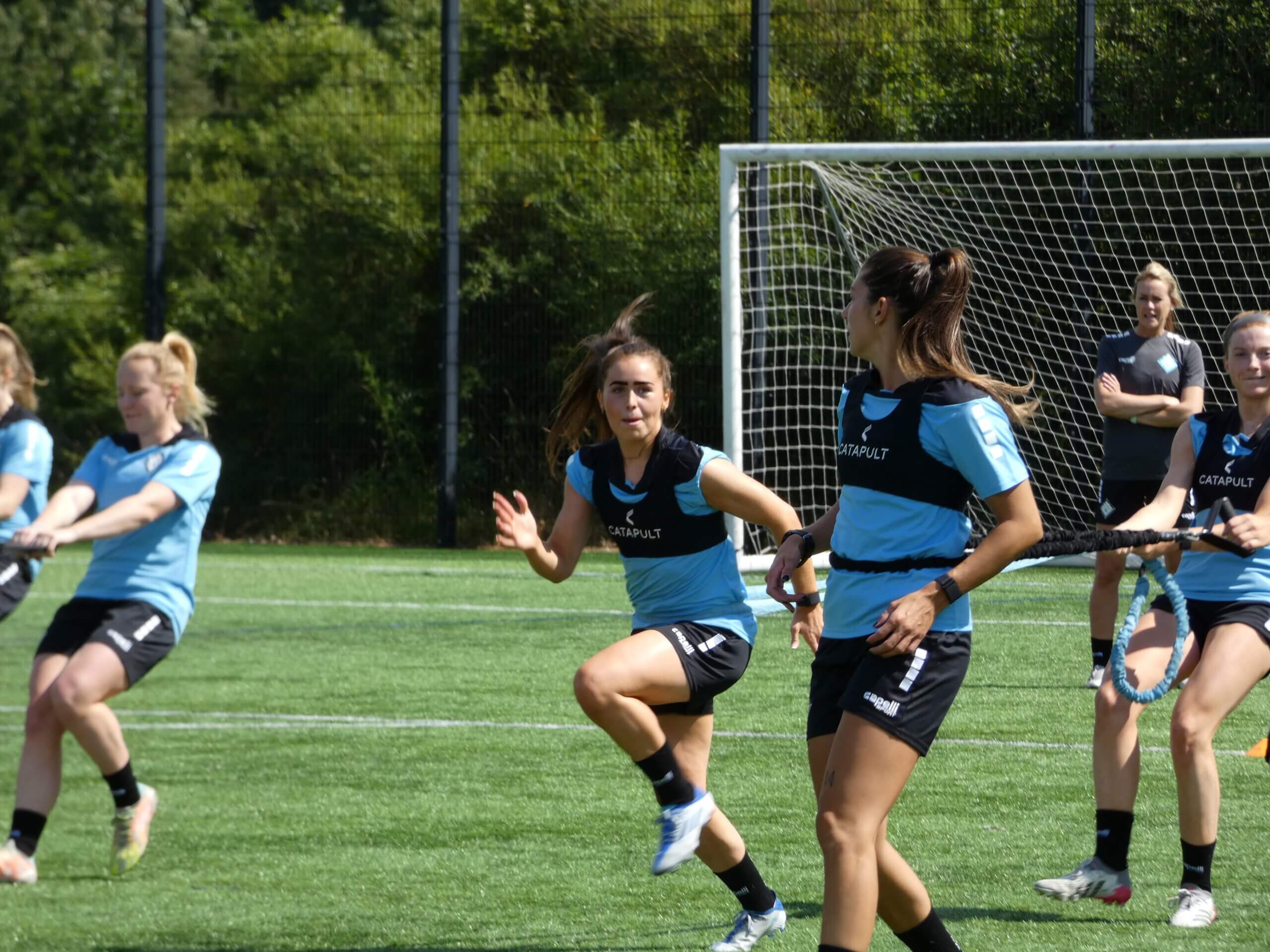
Catapult One
For athletes and coaches looking for a comprehensive solution, Catapult One offers an all-in-one device that tracks multiple performance metrics. Catapult One is designed to provide detailed insights into an athlete’s performance, helping to improve training outcomes and achieve peak performance levels. Whether you’re a professional athlete or a dedicated amateur, Catapult One delivers the data you need to succeed.
In summary, wearable devices in sports offer a wealth of data that can be used to enhance performance, prevent injuries, and improve training efficiency. From GPS trackers like the Catapult S7/T7 to versatile smartwatches, these technologies are revolutionizing the way athletes train and compete.
Performance Metrics Tracked by Wearables
Wearable technology has transformed the way athletes and coaches approach training and performance analysis by providing a wealth of precise, real-time data. Here are some of the key metrics tracked by wearable devices in professional sports:
Speed and Distance
GPS trackers measure the speed at which an athlete moves and the total distance covered during training sessions and matches. These metrics are crucial for understanding an athlete’s stamina, pacing, and overall endurance.
Heart Rate
Heart rate monitors track the athlete’s heart rate throughout training and competition. This data helps in assessing cardiovascular fitness, determining exertion levels, and monitoring recovery rates.
Acceleration and Deceleration
Accelerometers and motion sensors measure how quickly an athlete can speed up or slow down. These metrics are vital for sports that require explosive power and rapid changes in direction, such as football and basketball.
Positional Data
Wearables provide detailed positional data, showing where athletes are on the field or court at any given time. This information helps in strategic planning and optimizing team formations and tactics.
Impact Forces
In contact sports like American football and rugby, wearables can measure the intensity and frequency of impacts. This data is essential for managing player safety and reducing the risk of concussions and other injuries.
Biomechanical Analysis
Advanced wearables can track biomechanical data such as joint angles, stride length, and gait patterns. This information is crucial for improving technique, preventing injuries, and enhancing overall athletic performance.
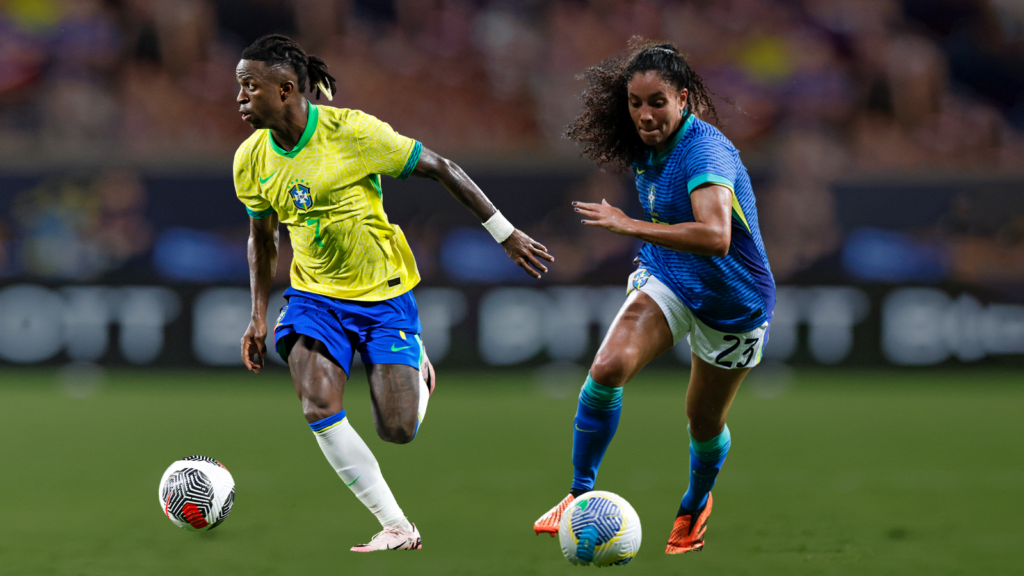
Wearable Technology in Professional Sports Leagues
Wearable technology has become an integral part of professional sports leagues around the world. These devices provide critical insights that help teams gain a competitive edge, enhance player performance, and ensure athlete well-being. Here are some ways wearable technology is integrated into professional sports:
Football (Soccer)
In football, teams use this information to develop individualized training programs, manage player load, and make strategic in-game decisions. For instance, elite football clubs use GPS trackers to monitor players’ running patterns and adjust their positions to optimize team performance.
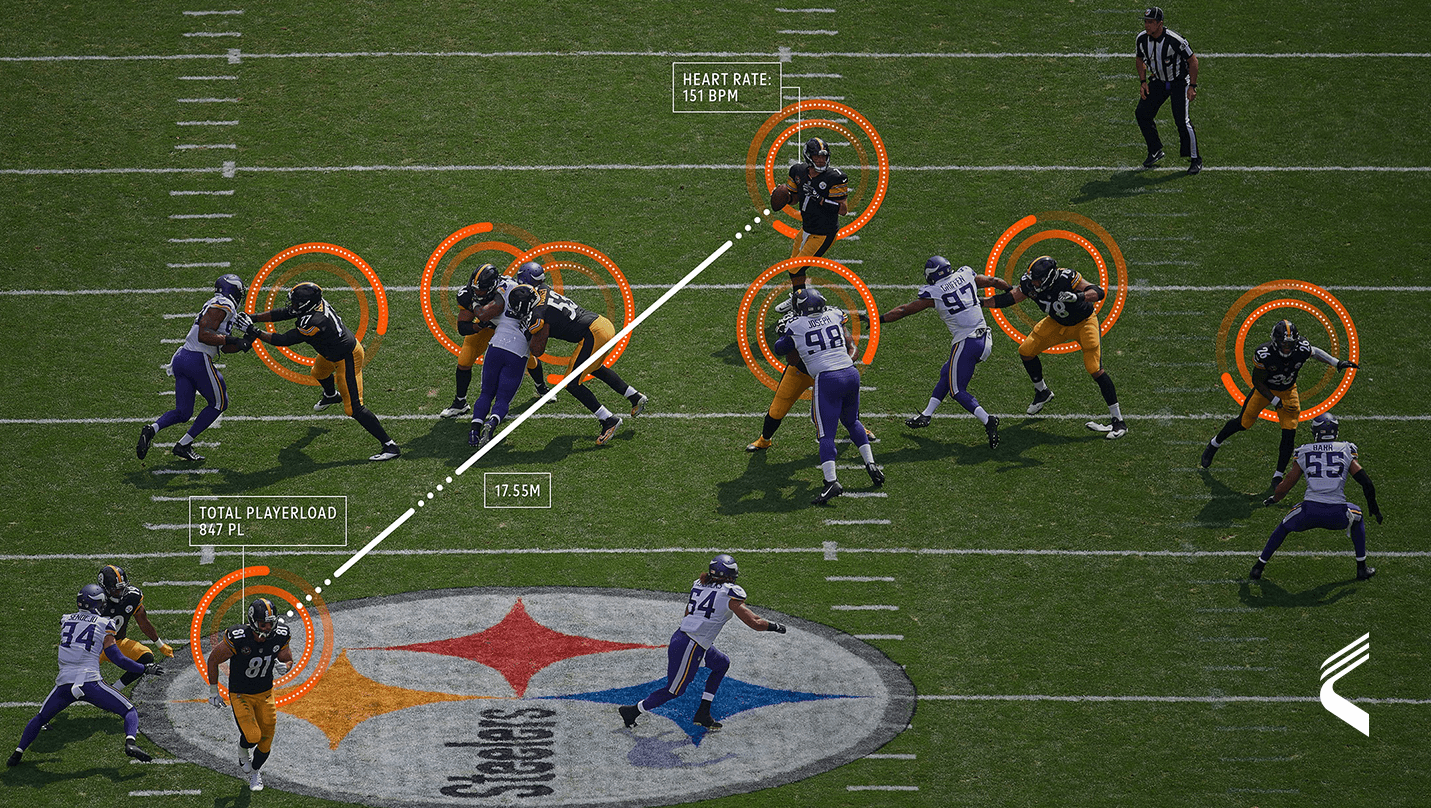
American Football
This data helps American football coaches understand player performance and make informed decisions about training and recovery. The NFL, for example, has implemented wearable technology to monitor player health and safety, reducing the risk of injuries.
Ice Hockey
In ice hockey, wearables track skating speed, distance, and heart rate. These metrics help coaches evaluate player conditioning and performance. NHL teams use this data to optimize line rotations, improve training efficiency, and ensure players maintain peak physical condition throughout the season.
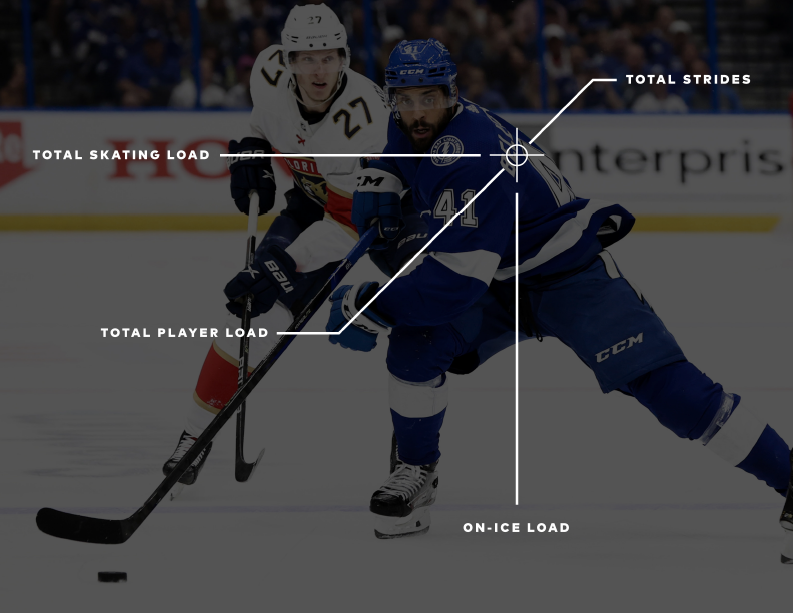
Basketball
NBA teams use these insights to enhance player performance, develop effective training programs, and reduce injury risks. Wearables also help in analyzing game dynamics and making strategic adjustments.
Rugby
Rugby players use wearables to measure various performance indicators, including speed, distance, and the intensity of physical collisions. This data is invaluable for assessing player conditioning and optimizing training sessions. Professional rugby leagues utilize wearable technology to monitor player health, manage workloads, and improve overall team performance.
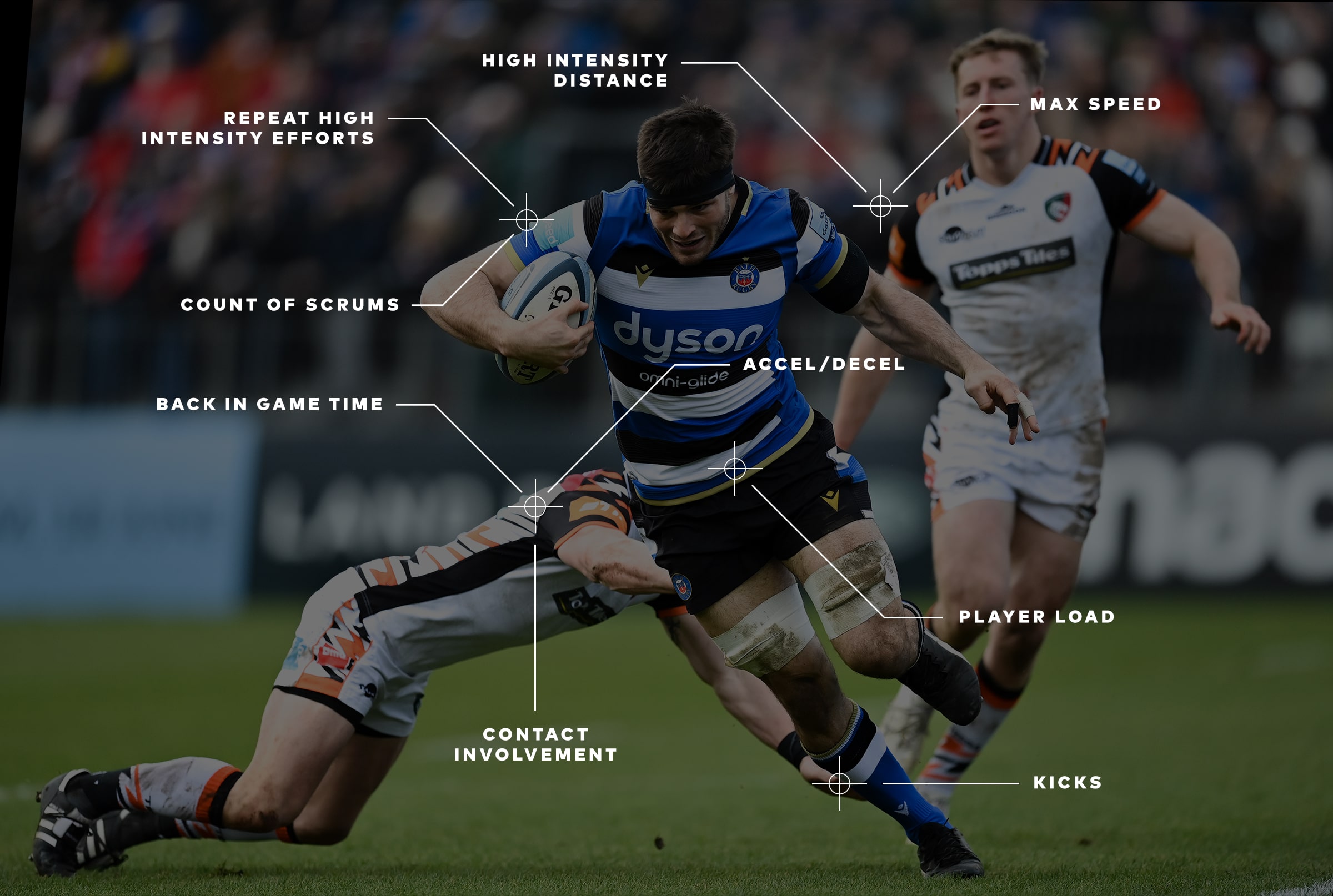
Elite Athletes and Cutting-Edge Wearables
Elite athletes across various sports benefit significantly from cutting-edge wearables. These devices provide detailed insights that help in fine-tuning performance, optimizing recovery, and preventing injuries. For example, top sprinters use motion sensors to analyze their running mechanics, allowing them to make adjustments that enhance their speed and efficiency. Similarly, professional swimmers use wearables to monitor stroke efficiency and heart rate, helping them achieve optimal performance in competitions.
Wearable technology is not only transforming individual performance but also revolutionizing how teams operate, strategize, and compete. By leveraging the power of data, professional sports leagues and elite athletes can achieve new heights of excellence and maintain a competitive edge in their respective fields.
Benefits of Wearable Technology in Sports
Wearable technology offers a multitude of benefits for athletes across various sports. Here are some key advantages that can enhance athletic performance and overall well-being:
Improved Athletic Performance
Wearable devices such as GPS trackers and heart rate monitors provide comprehensive data on speed, distance, heart rate, and movement patterns. Analyzing this data allows athletes to pinpoint areas for improvement, optimize their training routines, and ultimately boost their performance. For example, football players can use GPS data to refine their running patterns and enhance their efficiency on the field.
Enhanced Sports Coaching
Coaches gain invaluable insights from wearable technology, enabling more informed decision-making regarding training intensity, player positioning, and game strategies. Real-time data on an athlete’s physical condition and performance metrics helps coaches design individualized training programs, resulting in more effective coaching and better athletic outcomes.
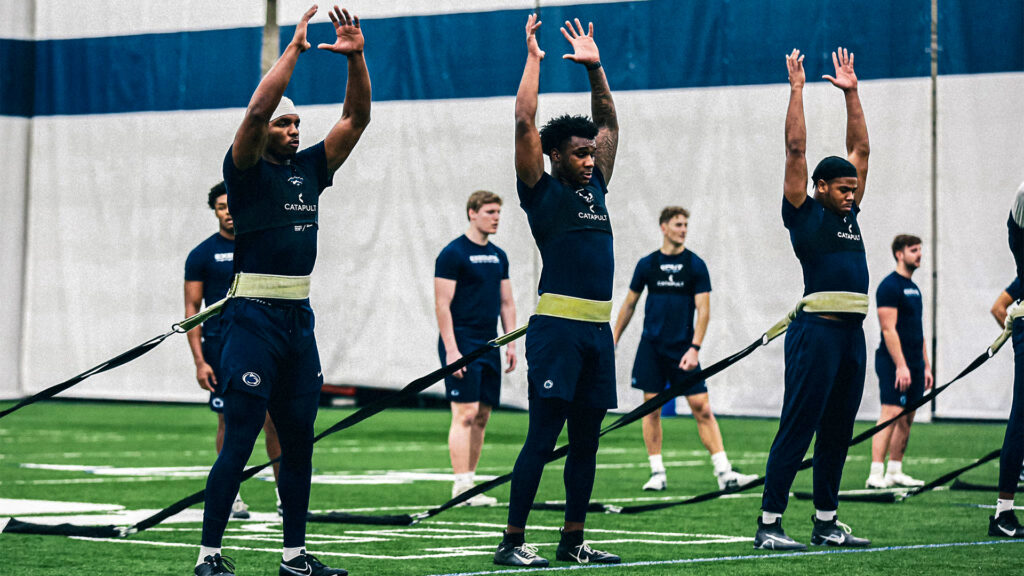
Reduced Injury Risk in Sports
One of the most significant benefits of wearable technology is its potential to lower injury risks. Devices like heart rate monitors and motion sensors can detect early signs of overtraining, fatigue, and potential injuries. By monitoring these indicators, coaches and athletes can adjust training loads and recovery periods to prevent injuries. For instance, tracking heart rate variability can help identify when an athlete is not fully recovered, allowing for proactive measures to avoid overuse injuries.
Wearable technology provides the data necessary to improve performance, enhance coaching, and reduce injury risks, leading to safer and more successful athletic experiences.
In conclusion, wearable technology is transforming the sports industry by providing athletes and coaches with valuable data to improve performance, enhance coaching strategies, and reduce injury risks. Devices like GPS trackers, heart rate monitors, and motion sensors track critical performance metrics, helping athletes optimize their training and recovery. The integration of these technologies in professional sports leagues demonstrates their significant impact, allowing elite athletes to gain a competitive edge. Overall, wearable technology offers broad benefits that enhance the effectiveness and safety of athletic endeavours.